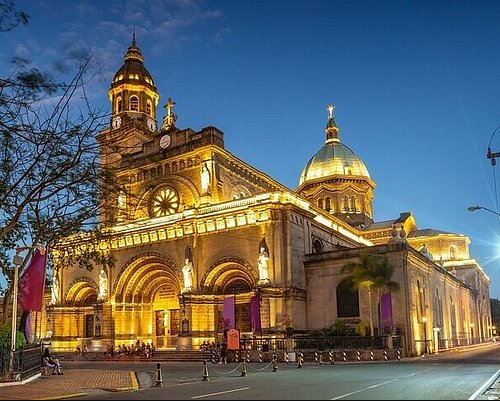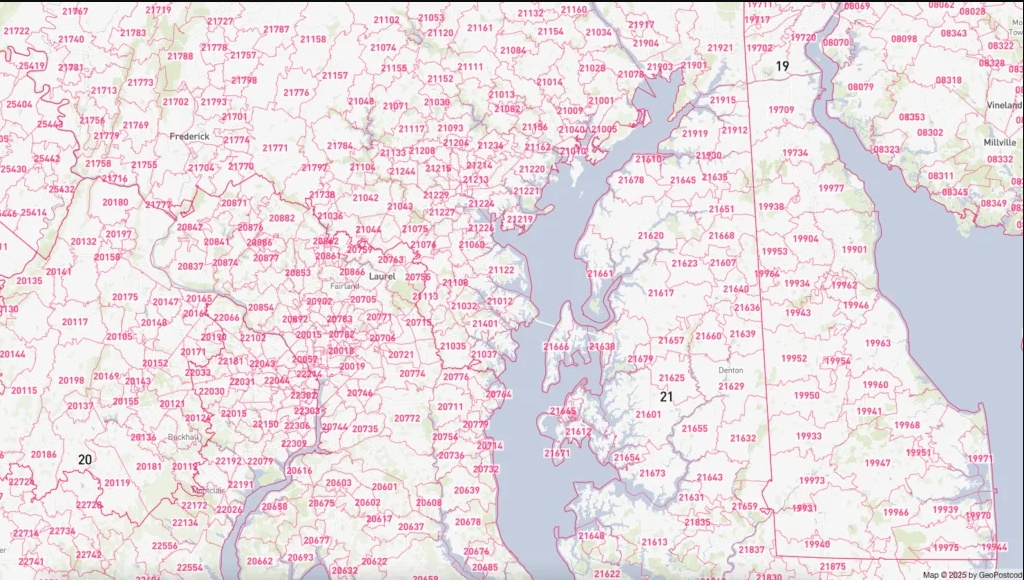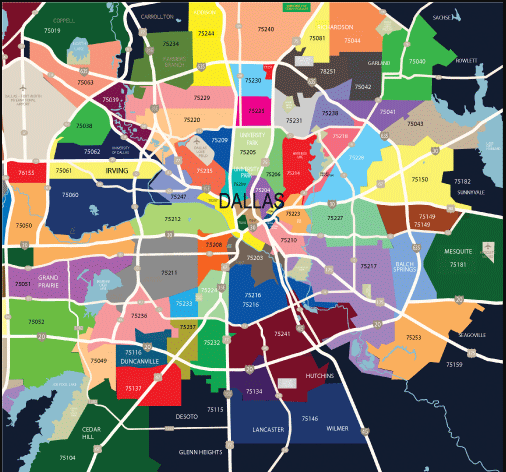Introduction
Taguig City, one of the most progressive cities in Metro Manila, Philippines, has grown tremendously over the past few decades. Known for its modern skyline, business centers like Bonifacio Global City (BGC), and thriving communities, Taguig has become a symbol of urban success and smart development. But beyond its skyscrapers and bustling economy, one of the most practical yet essential elements that connects Taguig to the rest of the world is its ZIP code system.
A ZIP code, which stands for Zone Improvement Plan, is more than just a numerical code used in mail delivery. It represents specific areas, neighborhoods, or barangays, making logistics, communication, and city planning much easier. In this article, we’ll explore in detail the Taguig ZIP code, how they are organized, their importance, and what each code represents in the city’s growing urban landscape.
History and Background of Taguig City

Taguig started as a small fishing community along the shores of Laguna de Bay. Its name is derived from the word “taga-giik,” meaning “rice thresher,” symbolizing its agricultural roots. Over the years, Taguig evolved from a humble town into a highly urbanized city, officially becoming a city in 2004.
Its transformation is largely attributed to strategic development projects, particularly the establishment of Fort Bonifacio Global City (BGC)—now a major financial and lifestyle district. As Taguig expanded, so did the need for an efficient postal and ZIP code system that could handle the demands of a growing population and a booming economy.
What is a ZIP Code and Why is It Important?
A ZIP code is a postal code used by postal services to identify the delivery area for mail and packages. In the Philippines, ZIP codes are managed by the Philippine Postal Corporation (PHLPost). Each barangay or district within a city may have its own unique code.
In Taguig, ZIP codes play several roles:
- Efficient Mail Delivery: They help postal services and couriers sort mail quickly and deliver them accurately.
- Location Identification: ZIP codes identify specific areas, useful for mapping, emergency response, and administrative purposes.
- E-commerce and Online Transactions: With the rise of online shopping, accurate ZIP codes ensure faster and error-free deliveries.
- Urban Planning and Data Management: ZIP codes assist in data organization, helping government agencies and businesses plan development projects efficiently.
List of Taguig ZIP Codes
Taguig City is divided into multiple barangays and districts, each with its own ZIP code. Below is a comprehensive list:
| Area / Barangay | ZIP Code |
|---|---|
| Taguig City (Central) | 1630 |
| Bagumbayan | 1631 |
| Lower Bicutan | 1632 |
| Upper Bicutan | 1633 |
| Western Bicutan | 1630 |
| Fort Bonifacio / BGC | 1634 |
| Ususan | 1632 |
| Tuktukan | 1638 |
| Wawa | 1639 |
| Ligid-Tipas | 1637 |
| Sta. Ana | 1636 |
| Calzada | 1635 |
| Maharlika Village | 1631 |
| Central Signal Village | 1632 |
| North Daang Hari | 1635 |
| South Daang Hari | 1636 |
| Pinagsama | 1632 |
| Bambang | 1637 |
| Ibayo-Tipas | 1637 |
| Napindan | 1639 |
Each of these ZIP codes represents not just a geographical division but also a community with its own history, culture, and identity.
Understanding the Major Areas
1. Fort Bonifacio / Bonifacio Global City (ZIP Code 1634)
Fort Bonifacio, popularly known as BGC, is the modern heart of Taguig. With towering skyscrapers, multinational offices, luxury malls, and vibrant nightlife, BGC is often compared to major global business districts like Singapore’s Marina Bay. The 1634 ZIP code has become synonymous with prestige and progress.
2. Western Bicutan (ZIP Code 1630)
Western Bicutan is one of the largest barangays in Taguig, covering a mix of residential and industrial zones. It is home to educational institutions, housing projects, and military facilities. Because of its size and diversity, Western Bicutan plays a crucial role in Taguig’s socioeconomic balance.
3. Lower and Upper Bicutan (ZIP Codes 1632 & 1633)
These twin barangays are known for their dense residential communities. They host various schools, local markets, and small businesses. They are among the most populated areas in Taguig, and their ZIP codes are frequently used in courier and online delivery services.
4. Sta. Ana (ZIP Code 1636)
Sta. Ana is considered the historical core of Taguig. The St. Anne Parish Church, built in the 1580s, stands as a testament to the city’s Spanish-era origins. The ZIP code 1636 not only helps identify the area but also connects its heritage with modern postal networks.
5. Tipas Area (ZIP Codes 1635–1639)
The Tipas area, which includes barangays like Calzada, Ligid-Tipas, and Wawa, is one of the oldest districts in Taguig. It maintains a distinct cultural charm, blending traditional Filipino community life with urban modernization.
The Role of ZIP Codes in Taguig’s Modernization
As Taguig became a major urban center, the postal and ZIP code system had to adapt. The city now houses Fort Bonifacio, one of the country’s most advanced financial hubs, and Arca South, a rising business and lifestyle district developed by Ayala Land.
These developments increased the demand for accurate addressing systems. ZIP codes now play a key role in:
- Real estate documentation and registration
- Online deliveries and courier services
- Taxation and billing
- Census and demographic analysis
Even digital mapping services like Google Maps and Grab rely heavily on these ZIP codes to identify accurate pick-up and drop-off locations.
Challenges in ZIP Code Usage

Despite its importance, many residents still get confused about their exact ZIP codes because of overlapping barangay boundaries and continuous urban expansion. Some courier companies also use different coding systems internally, leading to inconsistencies.
However, local government efforts, combined with technology integration, are helping standardize these systems. The use of digital addressing and GPS-based mapping has minimized confusion and improved efficiency.
Economic and Social Impact
The ZIP code system indirectly contributes to economic growth. How?
When deliveries are efficient, businesses thrive. When addresses are accurate, government services become faster. In a city like Taguig—where every minute counts for professionals and entrepreneurs—this efficiency translates into better quality of life and higher productivity.
Moreover, ZIP codes support data-driven governance. By analyzing activity per postal area, the city can identify which zones need more infrastructure, which are prone to flooding, and which have higher commercial potential.
Future of the Postal System in Taguig
The future of postal services in Taguig is going digital. With the integration of QR-based addresses, smart logistics, and AI-driven mapping, the humble ZIP code will evolve further.
Taguig’s local government, known for its innovation-friendly policies, is already adopting digital transformation programs that align with its vision of becoming a smart city. In the coming years, postal services will likely merge traditional ZIP codes with GPS coordinates to make delivery faster and more precise.
Conclusion
The Taguig ZIP code system is not just a set of numbers—it’s a reflection of the city’s organization, progress, and connection to the modern world. From the historical communities of Tipas and Sta. Ana to the glittering skyline of Bonifacio Global City, each ZIP code represents a unique part of Taguig’s identity.
As Taguig continues to expand, its postal system will remain an essential backbone of communication, commerce, and governance. Understanding and using the correct ZIP code may seem simple, but in reality, it’s one of the most powerful tools that keep this dynamic city running smoothly.

